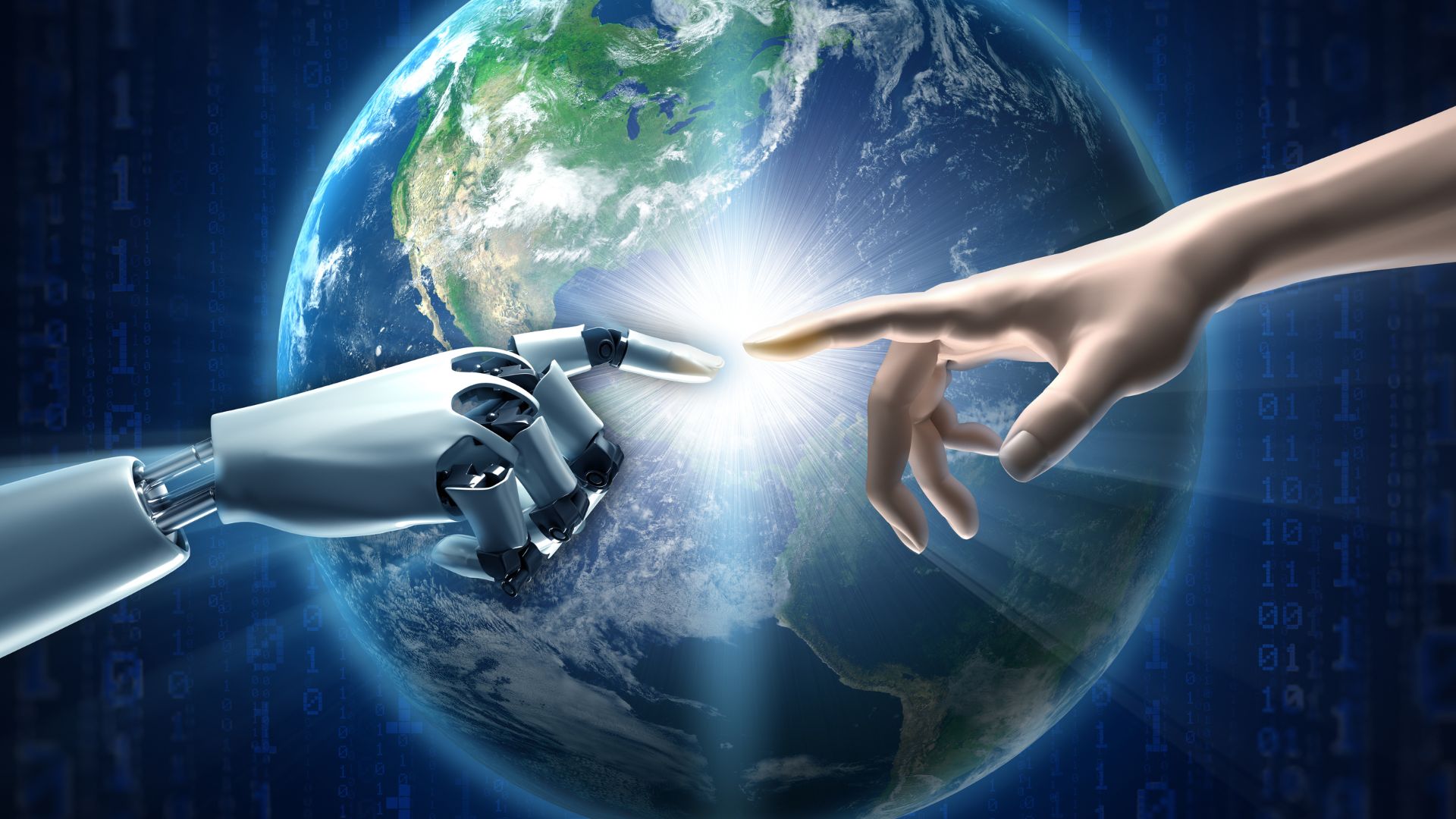The Other Side of AI: Stories of Safety, Coexistence, and Conservation
Artificial Intelligence often arrives in headlines with a warning. From debates about job loss to concerns about surveillance, the technology is sometimes portrayed as cold, distant, and disruptive. But that isn’t the full story. Beneath the noise, a quieter and more meaningful revolution is underway. AI is not just shaping how we work and live—it’s increasingly being used to safeguard lives, protect ecosystems, and serve the public good. Its capacity to recognize patterns, make real-time decisions, and process complex environmental data makes it uniquely positioned to intervene in high-stakes, real-world scenarios—often in ways that save lives. As we step into a more connected future, it’s worth exploring a different perspective: AI not as a disruptive force, but as a protective one. Seeing the Bigger Picture Technology, at its best, reflects the values of those who build it. And for AI, that means we get to choose: Will it be used to optimize for profit alone, or can it be designed to optimize for human and environmental wellbeing? AI’s greatest strength lies in its ability to process vast amounts of data and recognize patterns faster than any human could. That’s a technical feature—but when applied with the right intent, it becomes a powerful enabler of social good. Imagine systems that monitor early signs of floods, alert emergency teams to potential wildfires, or detect dangerous animal movements near human settlements. These aren’t hypothetical scenarios. They’re real, and they’re happening quietly in the background—without fanfare, but with immense impact. Where AI Saves Lives While the mainstream focus of AI is often on automation, its more meaningful contributions are emerging in less commercial, more mission-driven spaces. Consider these examples of real-world impact: These scenarios show what’s possible when we design technology with empathy and foresight. The success of such initiatives isn’t measured in downloads or quarterly revenue—it’s measured in lives protected, conflicts averted, and trust built. Listening to the Land: AI and Wildlife Conservation One area where we’ve seen the real-world impact of AI is in wildlife protection and human-wildlife conflict mitigation. In many parts of the world, forests border villages, farms, or settlements. While these landscapes are rich in biodiversity, they can also be zones of tension—especially when wild animals cross into human territory in search of food or water. These encounters are unpredictable. They can lead to injuries or fatalities for both people and animals, and often escalate into retaliatory actions or displacement. Forest departments and conservation teams work tirelessly to reduce these incidents, but the challenge has always been real-time detection. That’s where AI comes in. Using a blend of visual data, sensor inputs, and predictive algorithms, intelligent monitoring systems can now track movement near forest boundaries and alert rangers or villagers when large wildlife is detected nearby. These alerts give teams the critical time they need to respond—whether that’s warning residents, activating patrols, or deploying safe diversion techniques. A Field-Tested Example: Reducing Conflict in Mul, India At Valiance, we’ve had the opportunity to support this mission through a project focused on reducing human-wildlife conflict in the Mul region of Maharashtra, an area that borders tiger territory. The stakes are high here: local communities live close to forests, and tigers, leopards, and other species often roam beyond their traditional boundaries. Our team worked alongside stakeholders to develop a system that uses AI-powered smart alerts, processing camera feeds and other environmental data in near real time. When animal presence is detected near human habitation, the system instantly notifies forest personnel, allowing rapid response and conflict prevention. What’s powerful about this system isn’t just the technology—it’s the result. With earlier warnings, rangers have been able to intervene before animals enter villages. Communities are more informed and better equipped. Most importantly, the number of dangerous encounters has decreased, and both people and wildlife are safer. We believe this is just one example of how AI, thoughtfully applied, can support coexistence, conservation, and community safety.👉 Explore the full case study here Choosing the Future We Want As AI continues to advance, the question is no longer what it can do—it’s what we choose to use it for. Do we let AI evolve in a vacuum of commercial interests, or do we guide it with human-centered goals that prioritize health, safety, and sustainability? The answer is already unfolding in the field. It looks like sensors helping prevent forest fires. It looks like predictive models flagging health risks. It looks like silent systems scanning landscapes to prevent tragic encounters between people and wild animals. These applications remind us that the most meaningful use of technology isn’t the most complex—it’s the most compassionate. Final Thoughts AI for good isn’t a buzzword. It’s a direction. It’s a decision to apply powerful tools to meaningful problems. When used responsibly, AI can amplify the very best of human values: empathy, protection, resilience. The work ahead isn’t just technical—it’s ethical, environmental, and deeply human. And while the headlines may continue to focus on what AI threatens to replace, we believe its true potential lies in what it can help us preserve.



